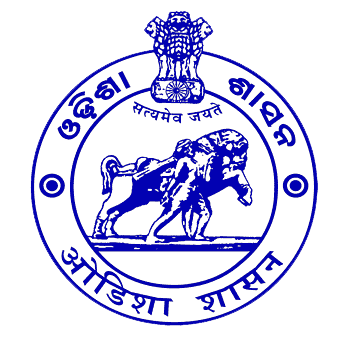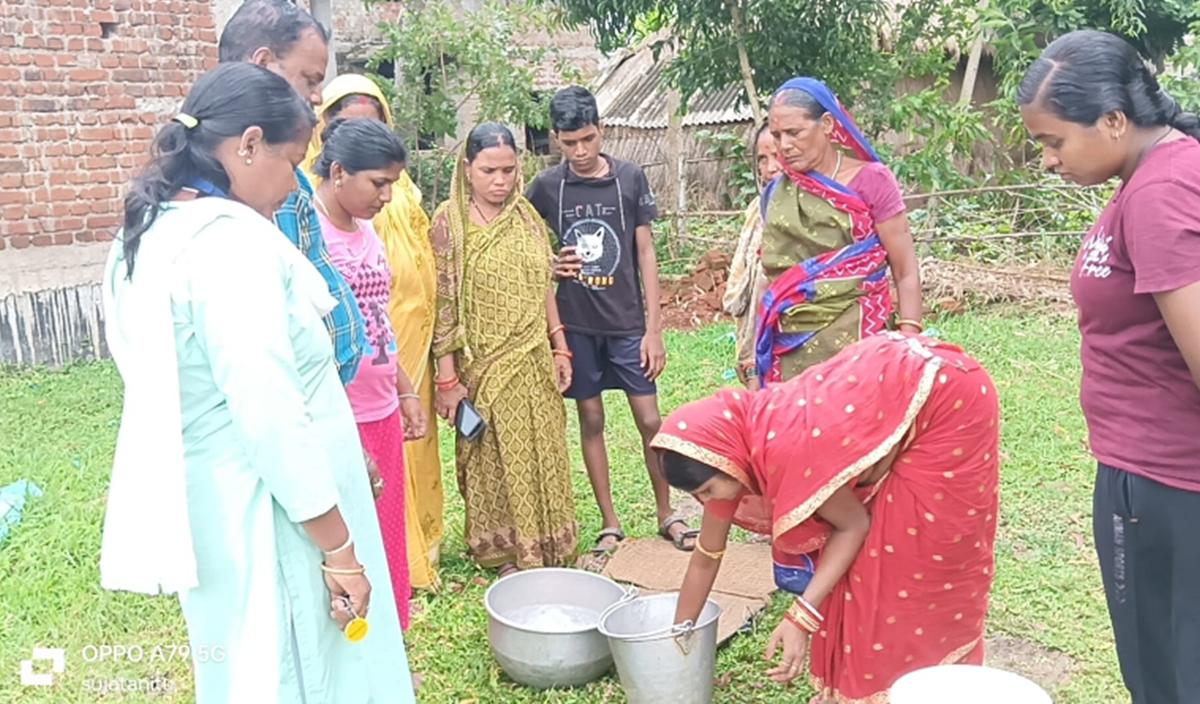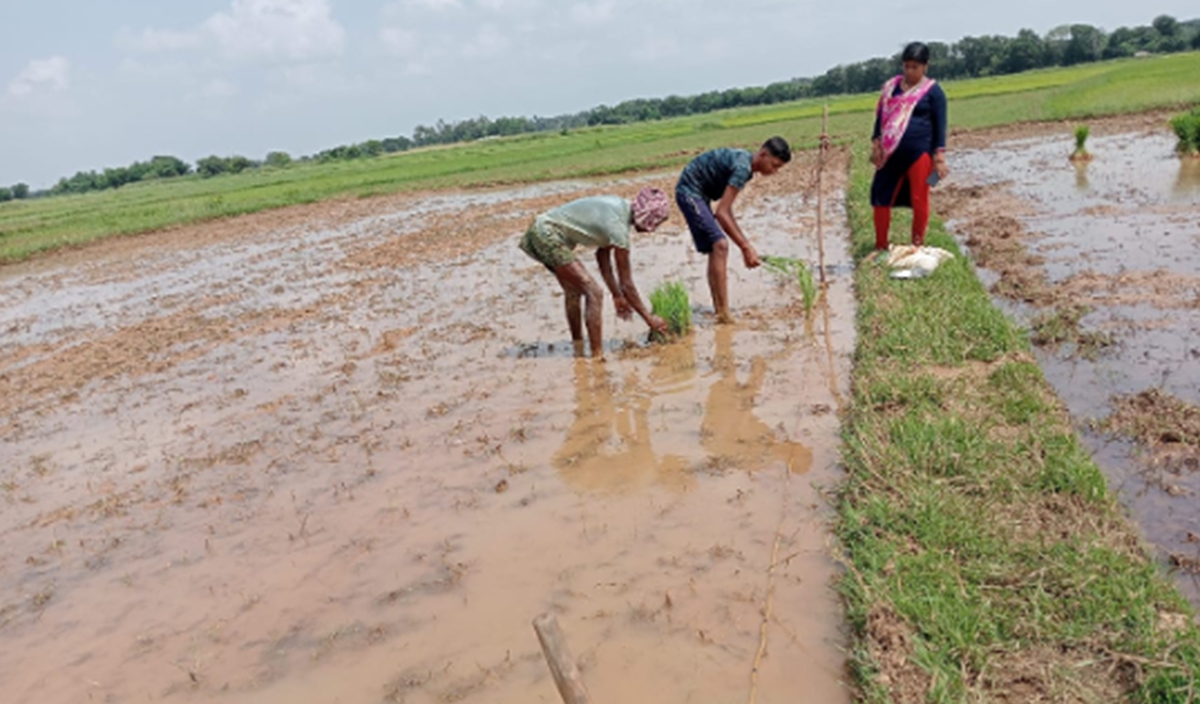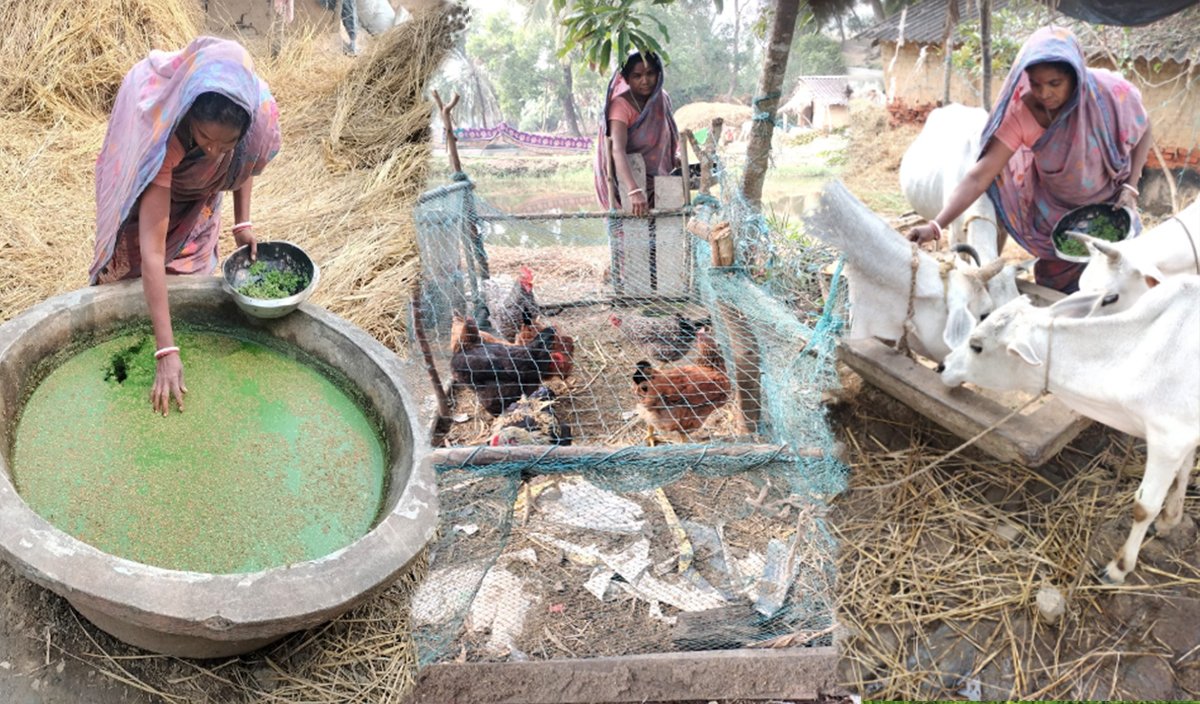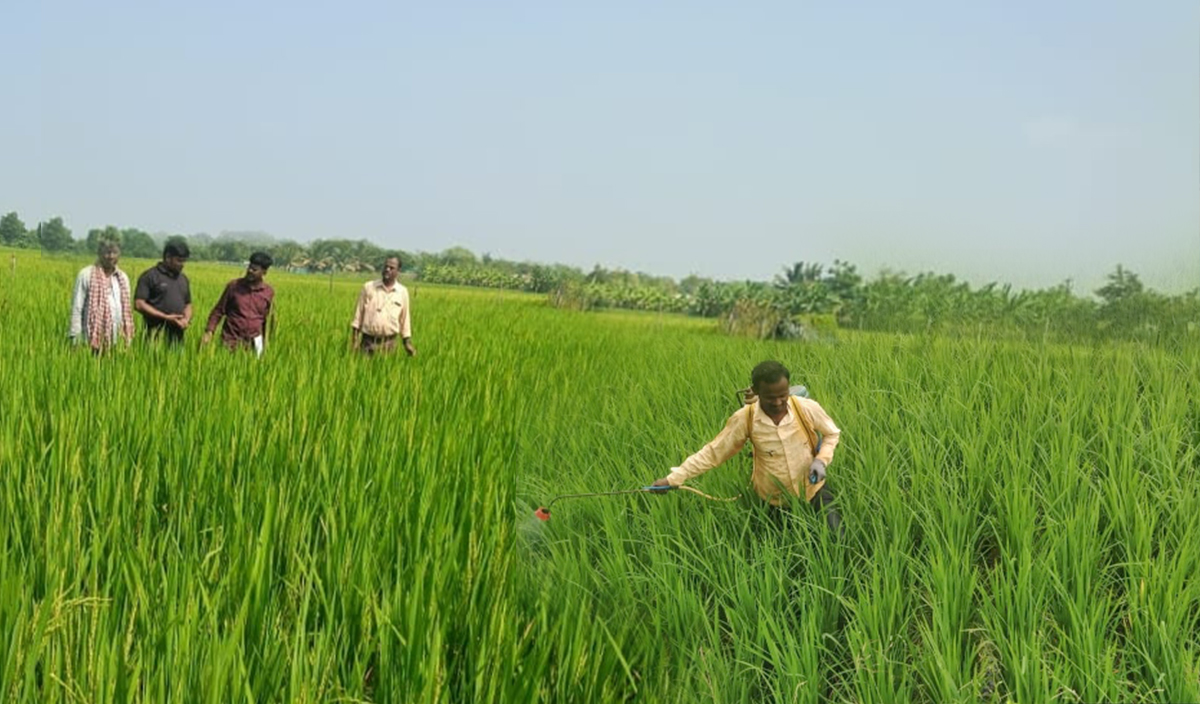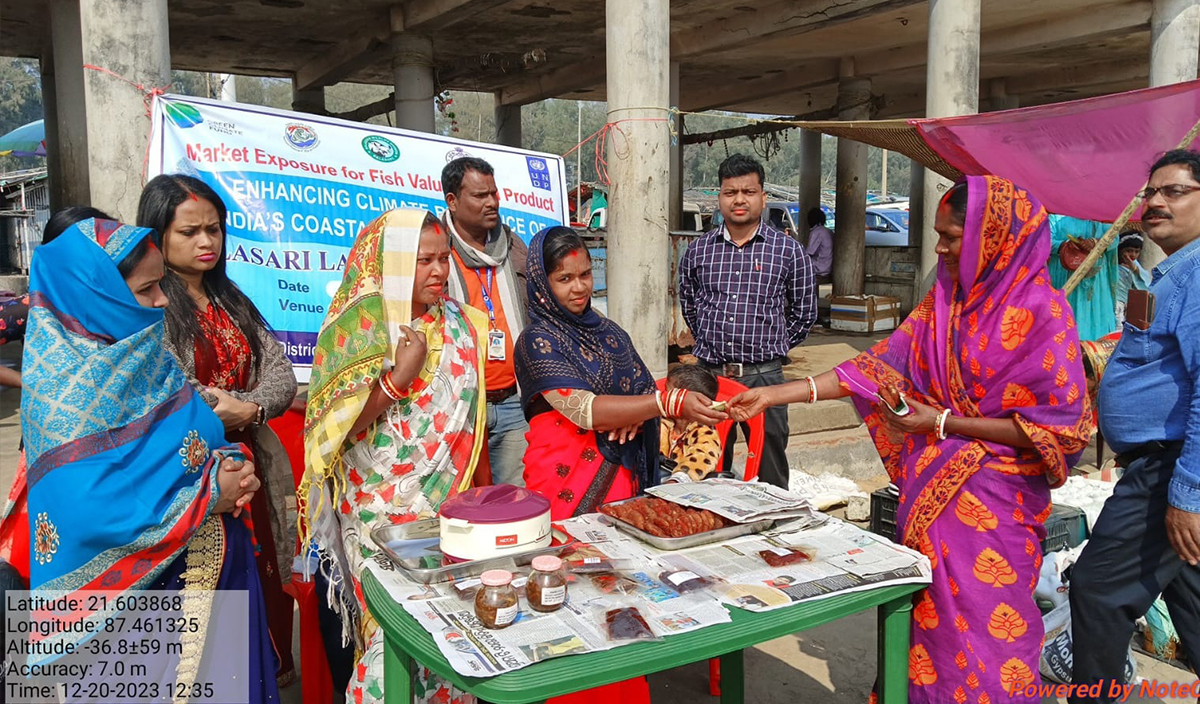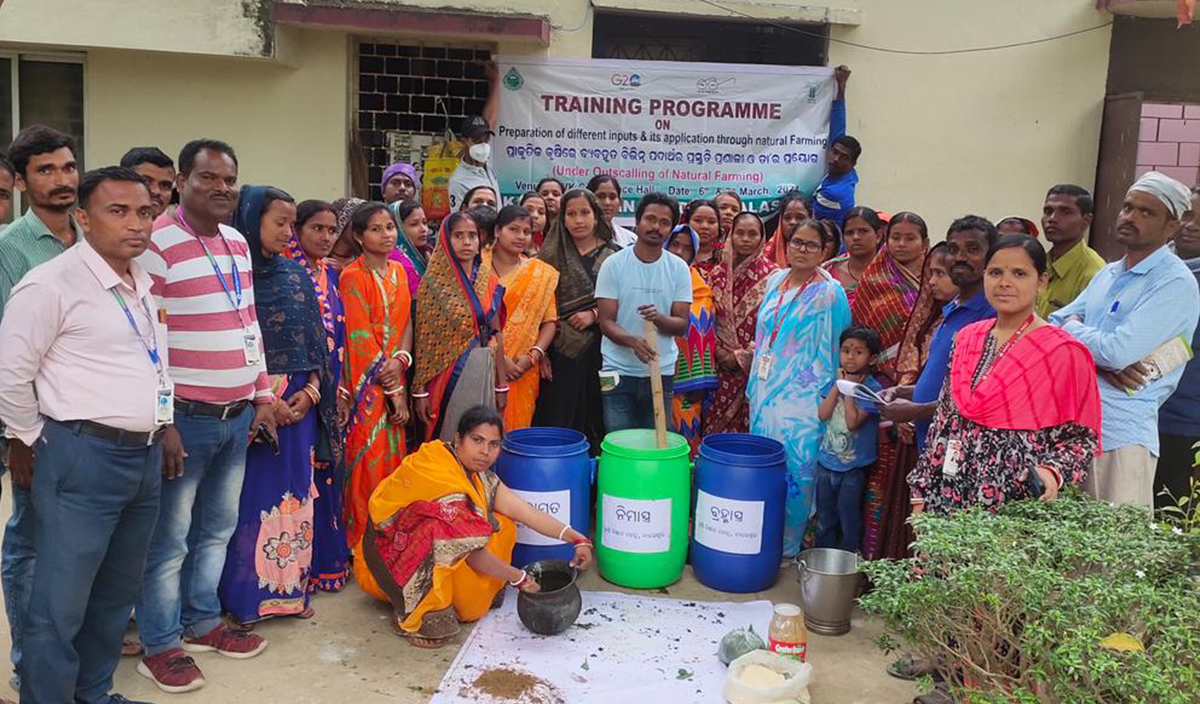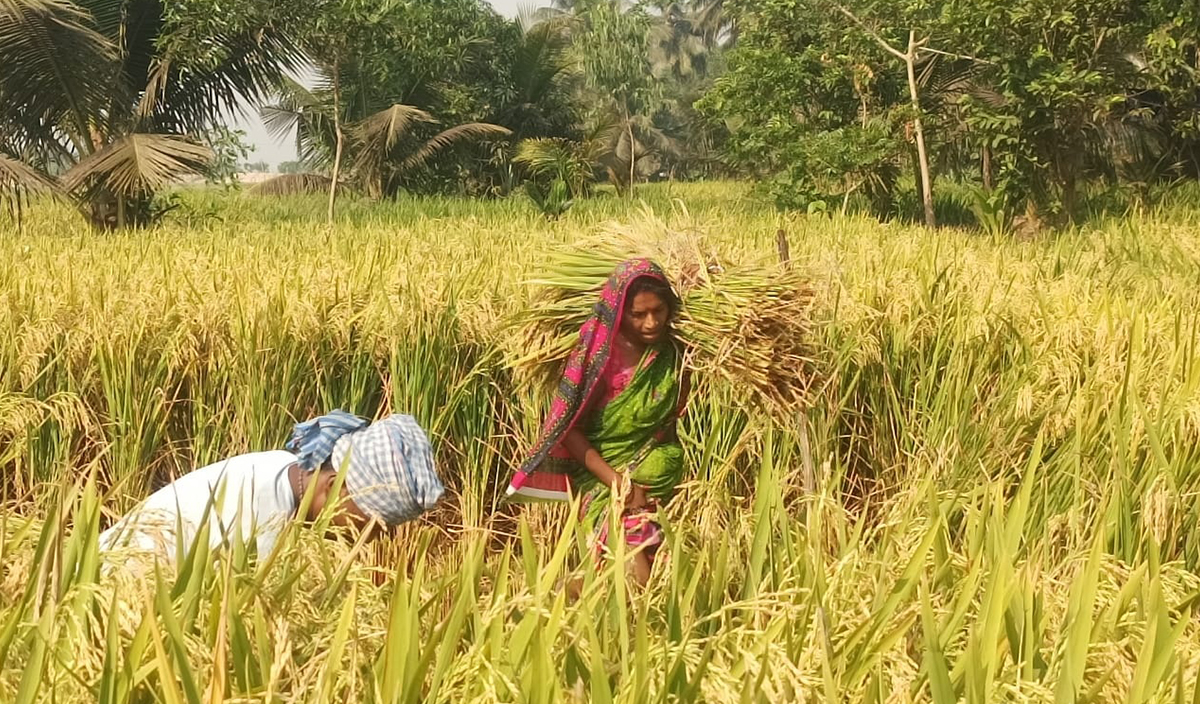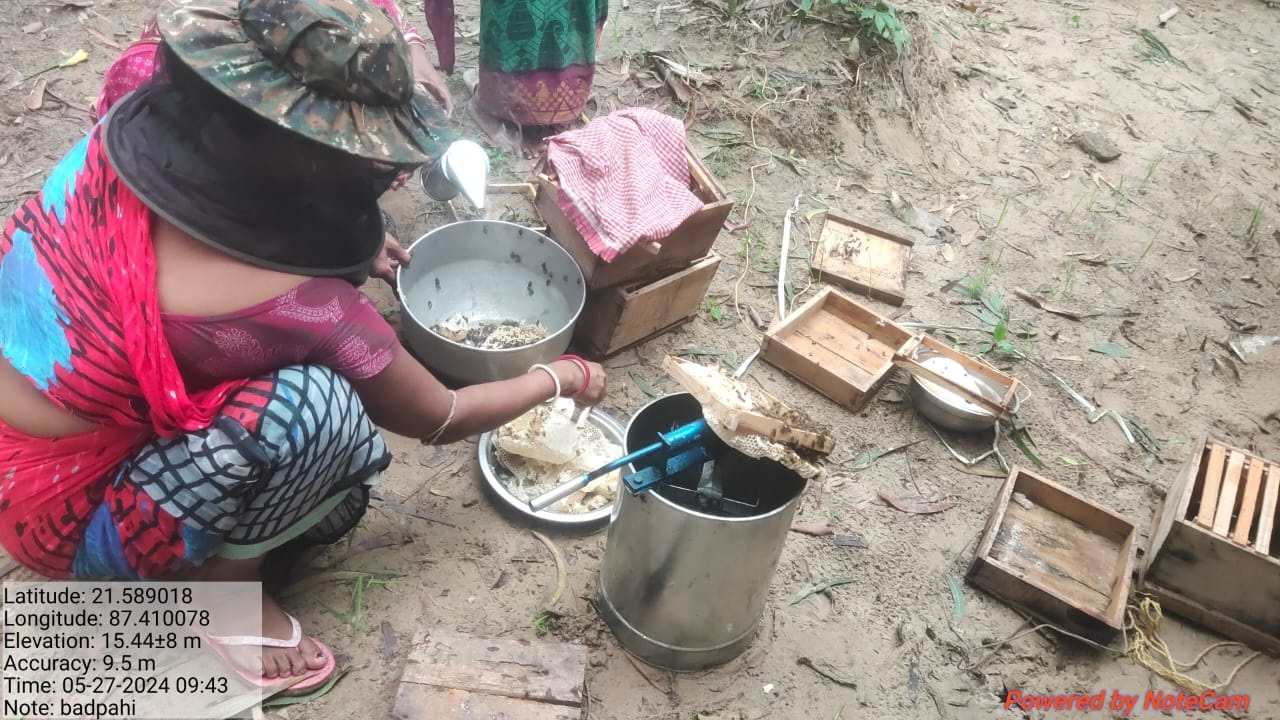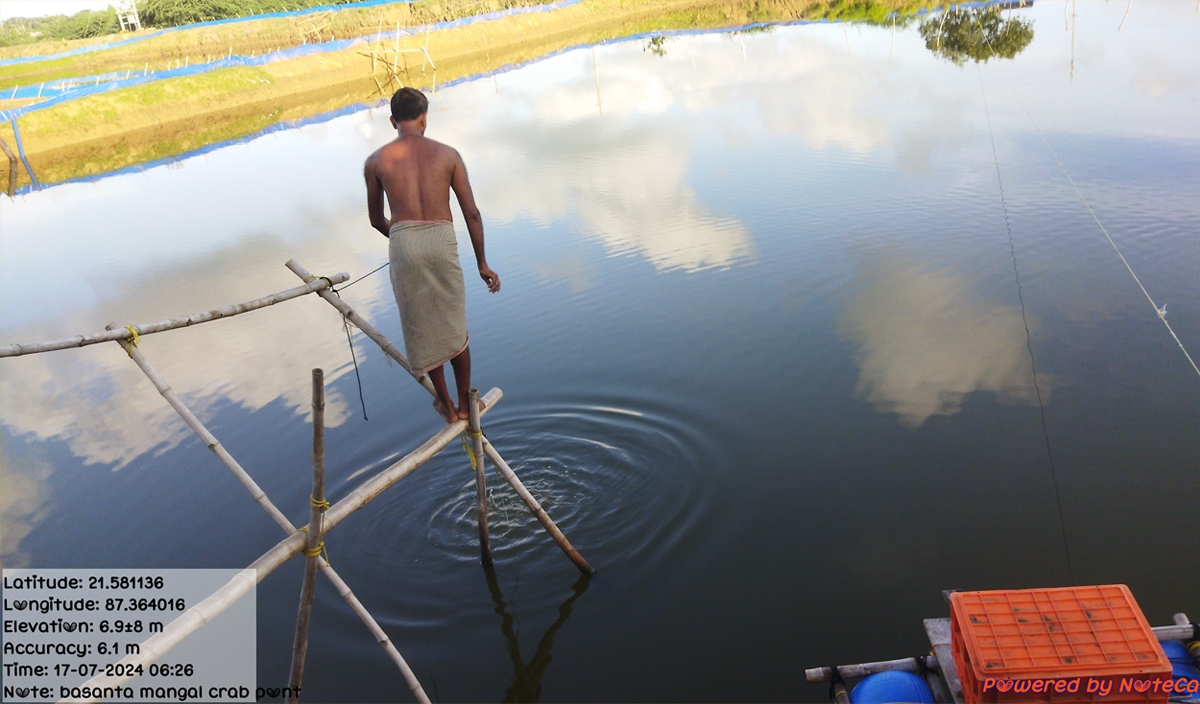Harnessing Young Energy: Change Action Plan on Climate Change School Awareness Program

The villages situated along the coastline of Balasore district in Odisha continue to feel the impacts of climate change. These changes have resulted in coastal erosion, habitat destruction, and even cyclones which have disrupted the livelihood, fisheries, and agriculture of local communities. In the middle of these disruptions, the ECRICC project made an attempt to devise a more sustainable solution by reaching out to the school children in the region and making them part of the climate change awareness program. This step was taken with the goal of changing mindsets as well as enabling children to become positive agents for change.
The Start of Possibilities
Coastal communities of Balasore have been at the forefront of climate changes effects since the beginning. Severe climatic phenomena have constantly affected the means of earning a living while the region’s fisheries and agriculture have been less productive. Furthermore, soil salinization coupled with the loss of various habitats added for reasons for forced migration while children were rarely provided with the opportunity to attend school. In a setting characterized by chaos, action-oriented change was the need of the hour. Young students understanding the effects of climate change on our planet along with the actions that can be taken was the critical part to the ECRICC project.
Beginning the School Awareness Program
Funded by the Odisha Forest, Environment and Climate Change Department and carried out by Balasore Social Service Society (BSSS), the ECRICC project started an enthusiastic school awareness program. This program sought to teach students and teachers about climate change and motivate them to participate in mitigation efforts.
A combination of educational programs was conducted in the surrounding schools as the first phase of the program. Students and teachers were taken through the basics of climate change, its impacts, and its phenomena at the environment and community levels. Greenhouse gases, global warming, and the significance of mangrove forests were some of the topics discussed. These sessions were geared towards building understanding climate change and its impacts on a localized level.
Alongside the traditional teaching methods, the students participated in hands-on activities. Tree planting campaigns were conducted to assist in the restoration of mangrove forests, which serve as a buffer against coastal erosion and as a habitat for various aquatic species. Students were also motivated to engage in local activities like beach cleaning and taking measures to conserve water. Such measures were aimed at nurturing a sense of environmental stewardship among the students and helping them to appreciate that they could positively contribute to the community's climate change adaptation efforts.
The Student Action Plans
Perhaps the most stimulating part of this procedure was developing custom student action plans around the idea of community climate action. It was clear that the students were willing and able to develop their own ideas and ways of solving the problems that concerned them in their communities. These action plans were supposed to address local problems like garbage disposal, growing crops, and keeping water. To promote the success of these activities, students were organized into so-called “peer pressure groups” where they monitored each other’s progress.
Polished Work
The students accentuated the importance of intertwining education with practicalities of everyday life and now nature conservation is ingrained within the students since they primary students. Nonetheless, in regards to students participation, the feedback, not only from participants but, parents, teachers and the broader community from over 1710 schools who took part was nothing less than phenomenal. As a result, all of them gained and understood the need for intervention in local ecosystems and climate change issues. Moreover, the impact created during and after the workshops was positive- students tried to proactively embrace a sustainable lifestyle in their families and community.
Moreover, the students demonstrated responsibility that had its clear impact on the ecosystem. School children in these localities were responsible for planting and caring for the trees, with the assistance from parents and teachers. The trees mean were needed for restoring mangroves forest which are critical for sustainable coastal region. More so, it catalyzed the change on A broader scope, families started to engage on local efforts for conservation.
They also managed to create impact action campaign focused towards addressing the climate challenges issue of water drought, wildlife habitat destruction, these are just some of many issues in their communities. The action tended to not just remain in the classroom, behind closed doors and silent walls. These children understood that to make a lasting change, they had to tell their family and neighbours. And by making small changes like reducing the use of plastic and water and improving the wildlife conservation through education, all these children demonstrated the difference that reps on what it is possible if they are actively provided the opportunity and knowledge.
Overcoming Challenges
The endeavor was filled with obstacles along the way, with the most prominent ones being a lack of funds and poor organization which made progress very hard. Nevertheless, the ECRICC project delivered solutions to these issues. The programme’s implementation was made easier by the coordination of schools, students, and other local bodies who were able to communicate through and work on the digital platforms. Interactive sessions, as well as outreach to community programs, were very helpful to build momentum, ensuring they had greater numbers of people participating and engaging in the activities. The program also included trained resource persons such as FNGO staff and Climate Champions that made the program more effective.
A Testimonial
One of the students said, “The school awareness program was successful in exposing us to the realities of climate change. More so, it has inspired us to take up the necessary steps towards solving the issue. We value the environment and want to change the world for the better.”
A Path to Sustainable Change
The school-based awareness program as a climate change adaptation strategy towards the coastal communities of Balasore has been very successful. By mobilizing students and instilling in them a sense of responsibility to act, they have, therefore, created a system with great chance for long-term impact. It has fostered environmental concern, motivated young people to actively take on leadership roles and initiated the changes in and for the future.
These young leaders taking on the challenge of sustainability will enable Balasore to be more adaptable in the future. This program has successfully educated today’s youth while nurturing the leaders of the future. By taking these actions, these learners will guarantee that climate change will be confronted comprehensively and collaboratively, thereby contributing to a more sustainable and fair world.

